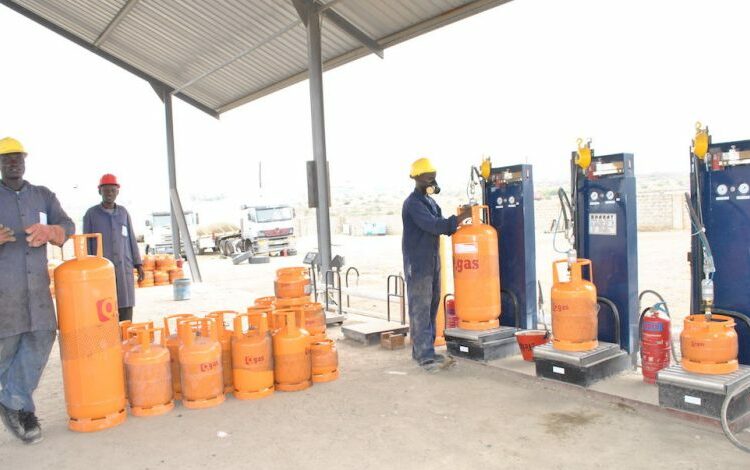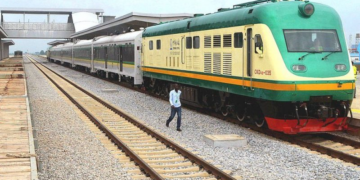Amidst ongoing concerns over the rising cost of energy, the price of Liquefied Petroleum Gas (LPG), commonly known as cooking gas, has escalated to N1,500 per kilogram.
This increase came as Nigerians continue to grapple with high petrol prices, placing additional strain on households that rely on gas for daily cooking needs.
The Managing Director and Chief Executive Officer of NIPCO Plc, Suresh Kumar, has expressed hope for future price reductions, citing local refinery projects like the Dangote Refinery. He explained that over 60 per cent of Nigeria’s LPG consumption is currently imported, which contributes to the high costs.
A recent survey confirmed that prices in Ogun and Lagos States peaked at N1,500 per kilogram, while in Abuja, the cost to refill a standard 12.5kg cylinder has risen by 41.6 percent, reaching as much as N17,000. By comparison, the same refill was priced at N12,000 in July and N11,735 at the start of 2024, illustrating the sharp increase.
In August, Minister of State for Petroleum Resources (Gas), Ekperikpe Ekpo, vowed to address the surging prices, promising to collaborate with regulators and producers to lower costs. However, the latest market survey shows no relief, as prices have continued to rise.
The survey revealed that in Abuja’s Lokogoma area, a 12.5kg cylinder now costs N17,000, up from N12,000 three months ago, equating to roughly N1,400 per kilogram. In other areas, such as Kubwa, prices range between N16,200 and N16,500, while outskirts like Bwari, Kurudu, and Jikwoyi see prices around N1,300 per kilogram.
The Commissioner for Environment in Ogun State, Ola Oresanya, voiced concern that many residents might resort to using charcoal for cooking if the trend continued.
Speaking at the National Conference of the Nigerian Association of Liquefied Petroleum Gas Marketers in Lagos, Suresh Kumar noted that domestic production currently meets less than 40 percent of the 1.5 million metric tonnes consumed annually. He urged the government to encourage companies like Chevron to convert more propane into butane, which is more suited for household use.
“With the Dangote refinery and other refineries now sourcing crude oil locally, we expect an increase in LPG production, which should drive down costs,” Kumar said. “Greater local production will also help insulate the market from foreign exchange and international price fluctuations.”
Kumar further highlighted the need for government incentives to boost gas processing investments. NIPCO, he explained, has been preparing for such a shift since its founding in 2004, with the vision of becoming a leading LPG distributor.
“Our strategy was driven by Nigeria’s extensive gas reserves, over 200 trillion cubic feet,” he said. “We believe this resource should support not only domestic LPG use but also CNG for industrial and transportation sectors.”
Kumar also detailed NIPCO’s investments in infrastructure, including an expansion of its LPG storage capacity in Apapa from 5,000 to over 20,000 metric tonnes. This growth, he said, has been achieved through strategic partnerships and deploying LPG tankers across Nigeria to improve accessibility.
Despite the expansion in LPG consumption—from 50,000 metric tonnes annually when NIPCO entered the market to about 1.5 million tonnes today—Kumar believes there is still significant potential for growth. He noted that fewer than 60 percent of Nigerians currently use LPG.
“To truly harness our potential, we must increase supply to at least 5 million metric tonnes annually,” Kumar stressed. He added that ending gas flaring is critical, calling for investments to capture flared gas and convert it into usable energy.





